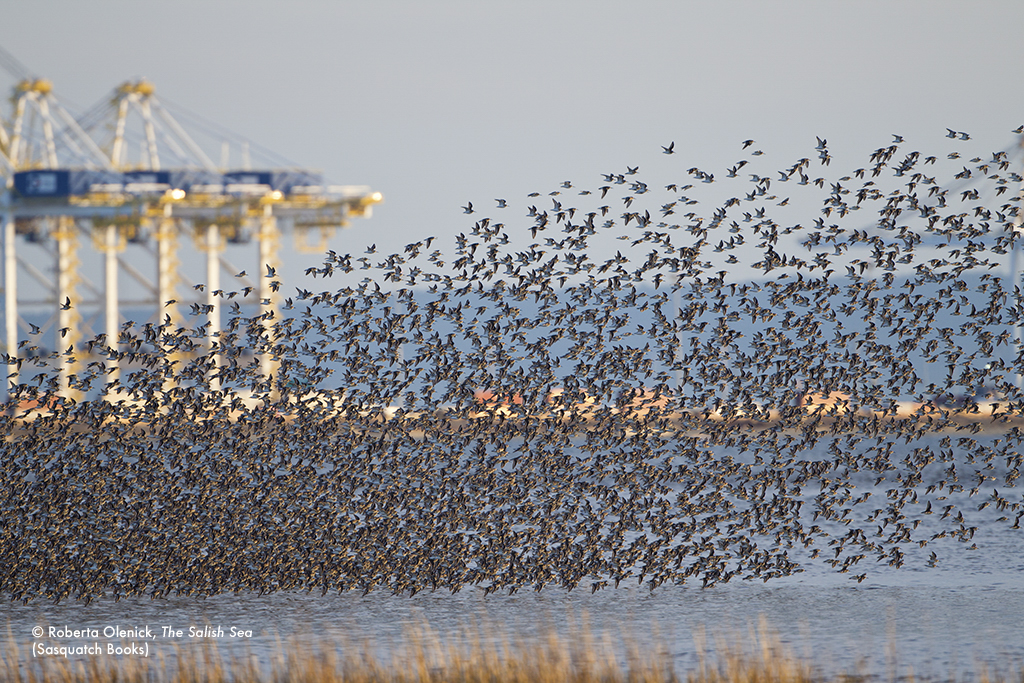Basking shark copyright Florian Graner. Used with permission.
How do you know if your ecosystem is in trouble? One clue is the number of species that are in decline or endangered. If that number gets bigger over time, you’re probably heading in the wrong direction.
Publications
We publish our Species of Concern analysis approximately every two years in conjunction with the biennial Salish Sea Ecosystem Conference.
- Species of Concern 2013 (119)
- Species of Concern 2011 (113)
- Species of Concern 2008 (64)
- Species of Concern 2006 (63)
- Species of Concern 2004 (63)
- Species of Concern 2002 (60)
In any particular year species might be added or removed from the list. For example, in 2008, 3 species were added, 2 were removed, and the listing status for 12 previously included species was changed by one or more jurisdiction.
Each jurisdiction in the Salish Sea (Canada, the United States, British Columbia, and Washington State) keeps their own list of species in trouble, but until 2002 nobody kept track of the total number of threated and endangered species in the whole ecosystem. Back then, SeaDoc scientists found a total of 60 species of Salish Sea invertebrates, fish, reptiles, birds, and mammals that we needed to worry about.
Thanks to your support we’ve been able to repeat the analysis every two years. Unfortunately, the list keeps growing. Our latest accounting showed that the total number of species at risk has now nearly doubled, to 119. Recently listed species include the Basking shark, North Pacific spiny dogfish, Pacific Ocean perch, and Baird’s beaked whale. The fact that the list has almost doubled is a bad sign, and it suggests that our entire ecosystem is at risk.
Your support enables us to take on these long-term, ecosystem-level initiatives that allow us to diagnose, and eventually reverse, problems like transboundary species declines. Thanks to your investments we’re able to publish scientifically rigorous metrics that help citizens and policy makers understand the big picture.
| Type | Percentage Listed | Ratio |
|---|---|---|
| Macro invertebrates | 1% | 2/3000 (estimated, from unpublished data) |
| Reptiles | 100% | 2/2 |
| Fish | 17% | 42/253 (Pietsch and Orr, in press) |
| Birds | 32% | 55/172 (Gaydos and Pearson, 2011) |
| Mammals | 35% | 13/37 (Gaydos and Pearson, 2011) |
The high proportion of species of concern is suggestive of ecosystem decay (Bierregard et al., 2001) and we suggest that it is time to consider the entire Salish Sea an ecosystem of concern. Increased funding and improved efforts to recover declining populations of species and recover this ecosystem are urgently needed to stop the insidious loss of species and ecosystem decay.
Spiny dogfish by NOAA’s National Ocean Service CC
Award-winning presentation
At the 2014 conference, the 2013 paper was presented by co-author Jacq Zier, who won first prize in the undergraduate division for an oral presentation.















































